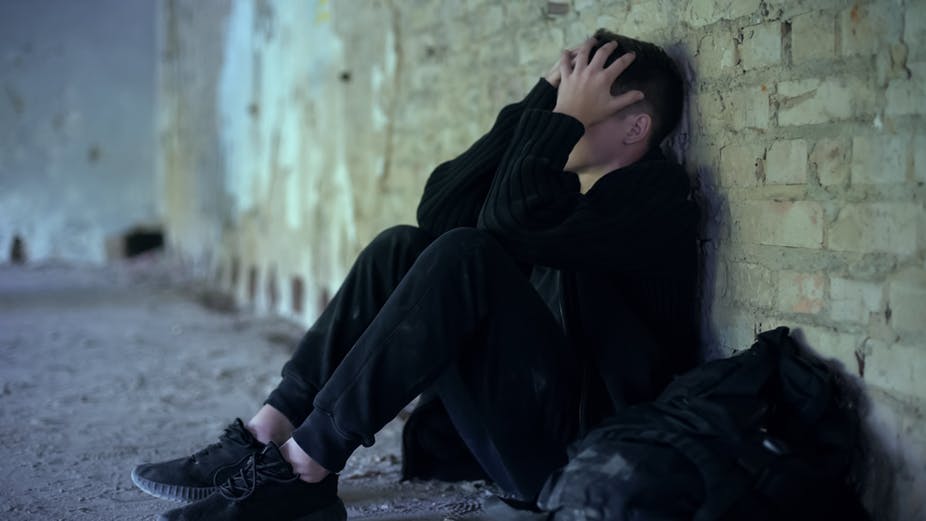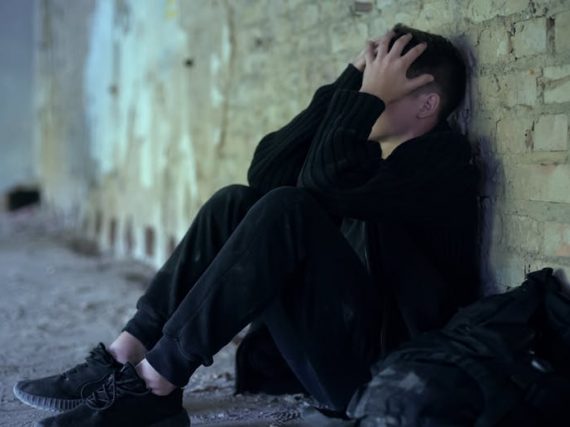Behind closed doors – families experiencing adolescent violence must be remembered in the recovery effort
The use of family violence by children and young people has been a concern for some time. The Royal Commission into Family Violence dedicated specific recommendations to it, while growing research - including the PIPA project - points to the complexities across families experiencing this challenge.
These complexities include stigma which makes families reluctant to report; wide-ranging needs which have not been addressed by any services; legal mechanisms which were designed to respond to adult perpetration but which capture children who may not understand court orders; and, perhaps most profoundly, the fact that so many adolescents who use violence have been victims of violence themselves.
These complexities – ones matched by a largely one-size-fits-all response – mean that the issue of ‘adolescent family violence’ has remained largely behind closed doors. It is therefore unsurprising that these complexities compounded when Victorian families were required to remain behind these doors for well over six months.
Evidence points to an increase in the use of family violence by children during pandemic-related lockdowns. Increases have occurred both in frequency and severity, with recent UK research with parents who were already experiencing violence from their child reporting a 70% increase during the UK’s first lockdown.
Closer to home, Victorian practitioners consulted for our recent Issues Paper describe a ‘net-widening’ effect – with the escalation of mental health issues or substance dependence during lockdown resulting in the intervention of crisis teams or police when parents were simply calling for safety and support. Once the intervention of police has occurred, this sets families on a path which they did not necessarily invite – the imposition of a court order, the potential for criminal charges, the removal of younger siblings and relationships ruptured along the way.
Many of the challenges which all Victorians have faced – social isolation; struggles with remote learning; lack of access to crucial avenues for respite – have been felt much more keenly by some families than others. Parental distress has impacted on children; abusive adults have been at home where they would otherwise have been at work; and attempts to ensure that young people abide by restrictions have led to escalating disputes.
Overall, children, young people and families who were previously vulnerable or disadvantaged have been made more so by the pandemic, while services have similarly been more stretched in offering support. Accordingly, researchers in the UK have called for governments to plan for a ‘safeguarding surge’ in terms of the escalated demands on services which are likely to be required. The need to plan for an increased demand on much needed social services will be no different in Victoria where, arguably, the damage will be more profound after longer periods locked down.
The Victorian Government has already recognised the severe increase in family violence during 2020 with welcome additional resources. It is increasingly apparent that the use of family violence by children and young people should be included in the coming recovery efforts as well. In addition to unprecedented investment in social housing and mental health services, any further resourcing for family violence services must also include recognition of the need for support for families experiencing violence from their child. Similarly, investment must include resourcing for legal supports to keep young people from a path of increasing entanglement in the criminal justice system.
Shadows multiply when a light is shone on an object from multiple directions. We must therefore turn our focus to the full range of companion “pandemics” emerging, especially where these challenges already existed predominantly behind closed doors. This means that families experiencing violence from their adolescent need the doors to support and safety opened – and a spotlight directed at this specific and complex form of family violence as well.
Elena Campbell, Associate Director



